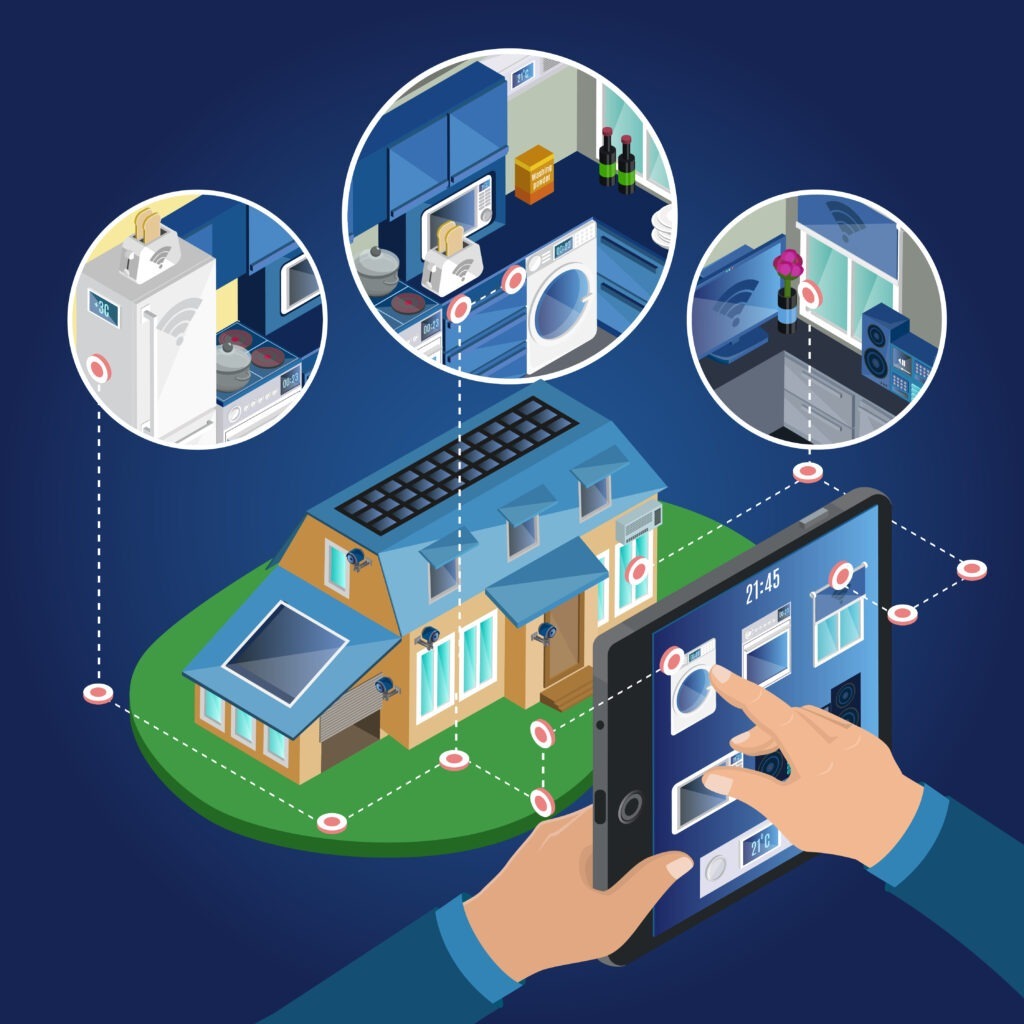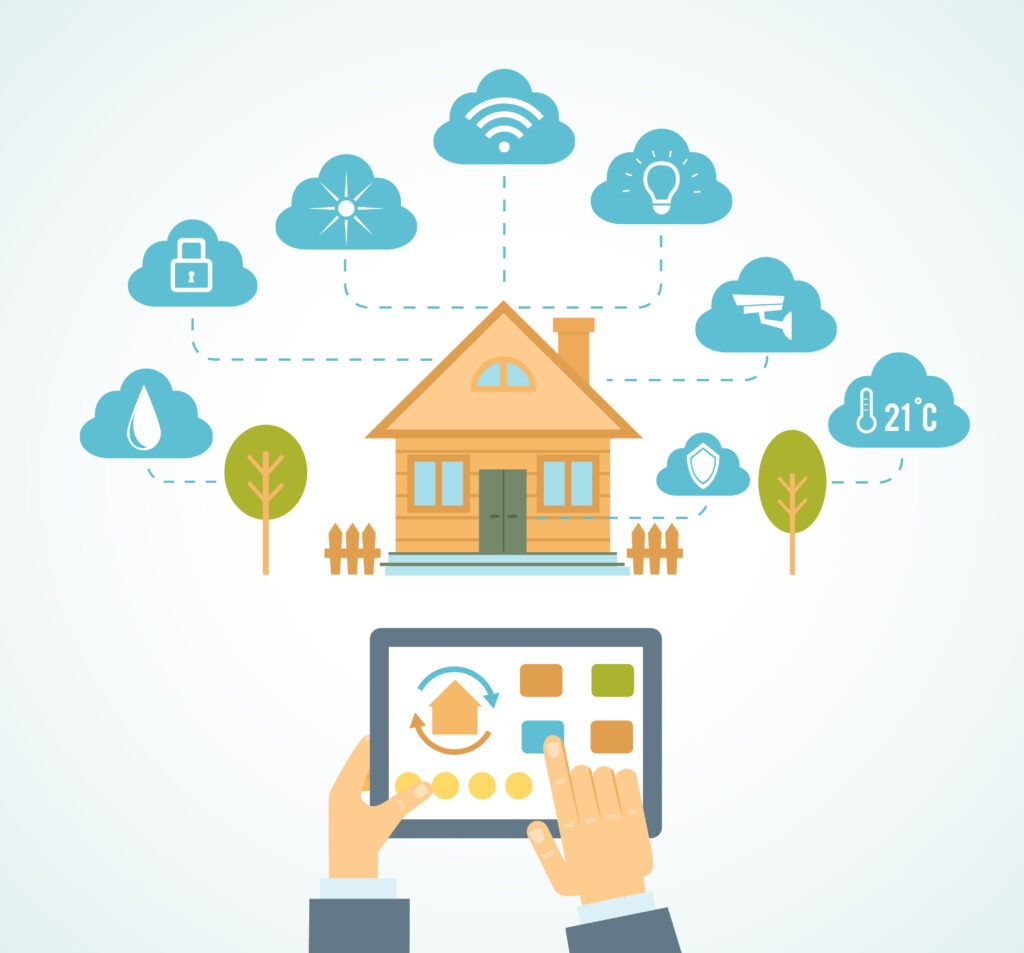Home Automation Process:
- Identify the specific needs and requirements of the user.
- Determine the areas of the home to be automated and the desired functionalities.
- Create a comprehensive plan for the home automation system.
- Select compatible devices and technologies based on user preferences and requirements.
- Install smart devices, sensors, and controllers according to the system design.
- Ensure proper wiring, connection, and integration of all components.
Configure individual devices and set up communication protocols.
Connect the system to a central hub or smart home controller.
Conduct thorough testing of each automated component.
Check for compatibility issues, connectivity, and responsiveness.
Provide training to users on how to operate and manage the home automation system.
Educate users on security best practices and privacy settings.
Integrate the home automation system with other smart devices and services.
Customize automation scenarios based on user preferences.
Implement continuous monitoring to identify and address any issues.
Regularly update firmware and software to ensure security and optimal performance.


Safety Measures
- Implement a secure and encrypted Wi-Fi network for communication between devices.
- Use strong passwords for Wi-Fi and device access.
- Regularly update firmware and software to patch security vulnerabilities.
- Enable automatic updates when possible.
- Enable multi-factor authentication for access to home automation systems.
- Add an extra layer of security to prevent unauthorized access.
- Ensure that data transmitted between devices and the central hub is encrypted.
- Protect sensitive information from potential interception.
- Review and configure privacy settings for each device.
- Disable unnecessary data-sharing features.
Conduct regular security audits to identify and address potential vulnerabilities.
Hire professionals to assess the overall security of the home automation system.
Secure physical access to devices and hubs to prevent tampering.
Consider using secure enclosures for central controllers.
Educate users about the importance of security measures.
Provide guidelines on creating strong passwords and recognizing potential security threats.
